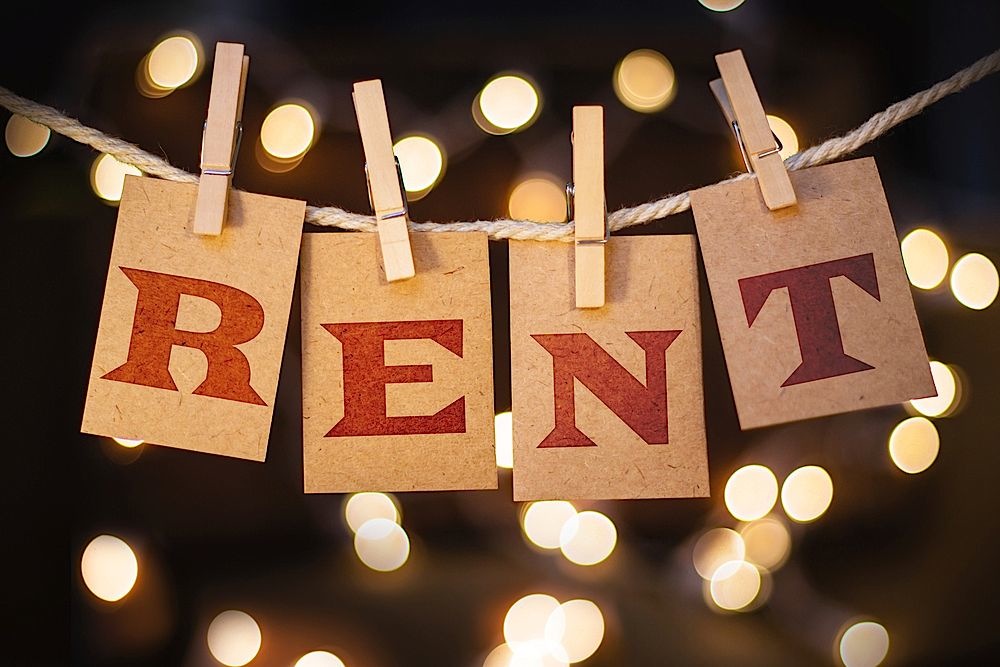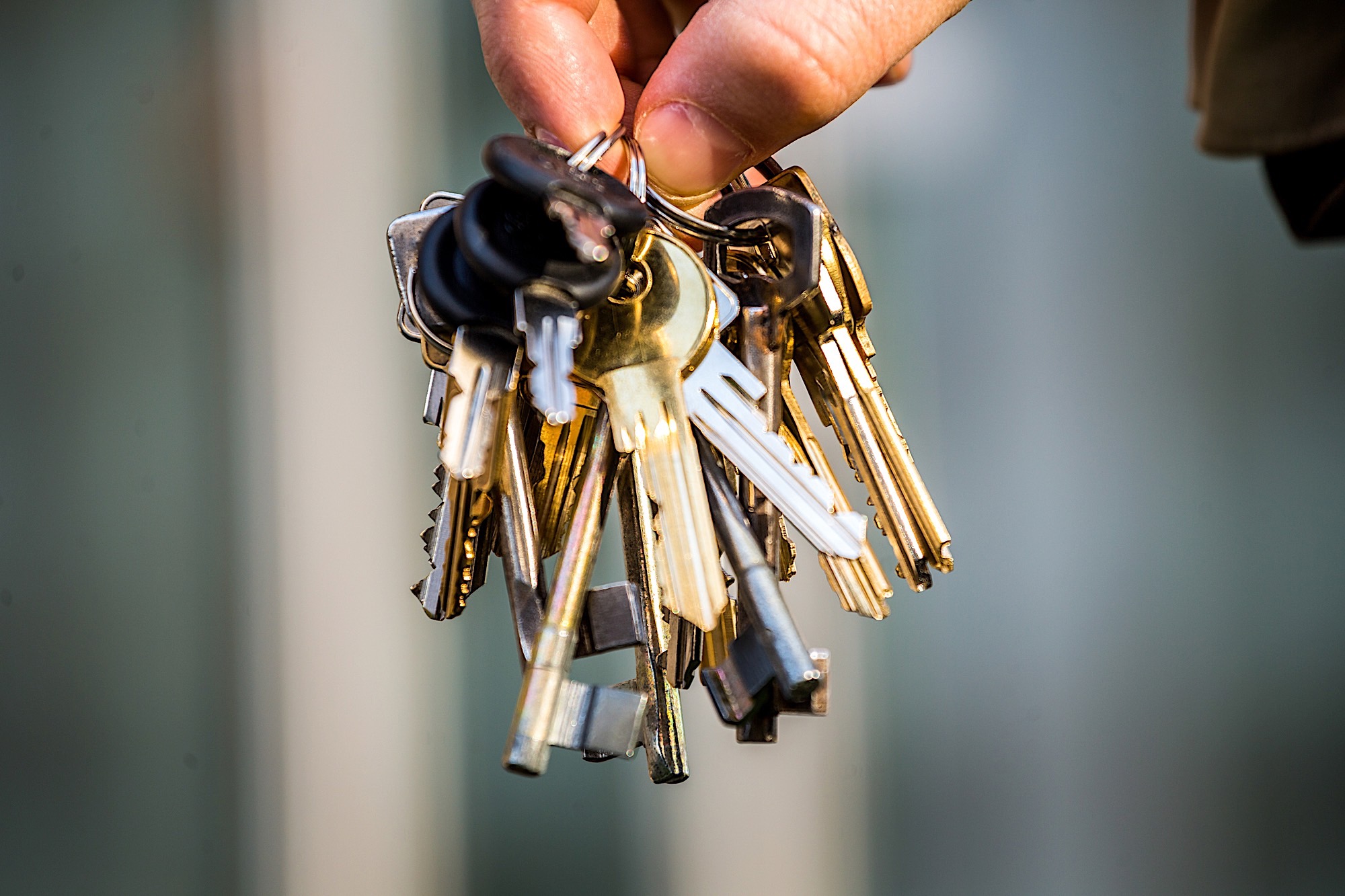You never know when you may want, or need, to rent a property. There are many investors who got their start in the business by renting out their primary residence after the mortgage collapse. There is also a large segment of investors who decide to rent after putting their rehab on the market. A solid rental property can be a great addition to any portfolio. That being said there is a lot that goes into it. You can’t simply put a “for rent” sign on the lawn and wait for checks to roll in. Like anything else in the real estate world there is a certain process that needs to be followed to ensure results. Here are eight steps you need to take to get your property rented.
- Research Local Rental Rules And Guidelines. The first step you should take if you are considering renting is to research the local rental rules and guidelines. There are often specific rules based on the town the property is located in. You don’t want to spend time and money in finding a tenant only to discover that your property is not eligible for rental. There are many quirky rental laws out there for student housing, zoning and the maximum number of tenants that may be allowed in the property. Before you get too far in the process you need to know what you can and cannot do.
- Look At Market Rents. The rental market is very much contingent on local rental prices. The next step is to look at every rental property on the market within a five mile radius of your property. The closer the property is to yours the more reliable of a comparable it is. Look at important items such as size, room count, square footage, parking and other amenities. It is important to fight the urge in placing a higher rental value on your property based on some upgrades you made. Let the numbers guide you as to what kind of rent you can generate.
- Understanding Expenses. There are a few hidden expenses that can quickly eat away at potential cash flow. All property owners are aware of the monthly principal, interest, tax and insurance payments. However there are many rental property expenses that can take you by surprise. Water bills, lawn maintenance, snow removal and sewer bills are just a few of them. You also need to figure out how you plan on managing the property. A good property manager will make your life easier but they will also take roughly 10% of the monthly rent received. It can be very disheartening finding out that your rental property is breaking even when you thought you were positive $300 a month. Avoid this mistake by understanding all rental property expenses.
- Get The Word Out. After you run the numbers and make the commitment to rent you need to spread the word. Gone are the days when a classified ad in the newspaper was your best bet. Today there are many more rental listing sites than ever before. Between social media alone you can quickly reach hundreds of people. You can also utilize Craigslist, Trulia, Postlets and any other rental site you can find. Finding a good rental is often a numbers game. The more people that know about your property the better chance you can quickly find a tenant.
- Schedule Showings. Just because a prospective renter is interested doesn’t mean they are going to take the property. With every showing you need to always showcase the property in the best possible light. Make sure the property is clean, odor free and ready to rent. You may have to show the property half a dozen times before you find a tenant that ready to act. This is all part of the process. Good tenants rarely just fall on your lap.
- Tenant Screening. One of the most common mistakes that inexperienced landlords make is renting to the first person that shows interest. Your goal isn’t to find a tenant but find the right tenant. You need to spend some time screening each interested tenant. Give them an application, ask for a credit check and follow up with the references listed. Your tenant is going to live in your house for at least nine months. As easy as a good tenant is a bad one is a nightmare to deal with. Take your time and screen every interested applicant.
- Lease Review. You can probably find a generic lease online in a matter of minutes. This may be easy and inexpensive but will it protect you if an unexpected issue comes up? You are better off spending some money having an attorney draft your lease. Once you are comfortable with your lease you can present it to your tenant. Sit down at the property and review any items of particular importance to you. If you are adamant about pets or smoking rules now is the time to make it clear.
- Final Walkthrough. After you and your new tenant have signed the lease and collected the security deposit there is just one more step to go. You should meet your tenant at the property on move in day for the walkthrough. You should be ready to hand over the keys and provide specific information about the property. You should also document the condition with pictures or videos. Doing this now will make things easier for you when the lease is over.
Things will rarely go smoothly over the course of the lease. Take things as they come and be ready for anything. Use these eight steps as a guide the next time you have a property you want to rent.






